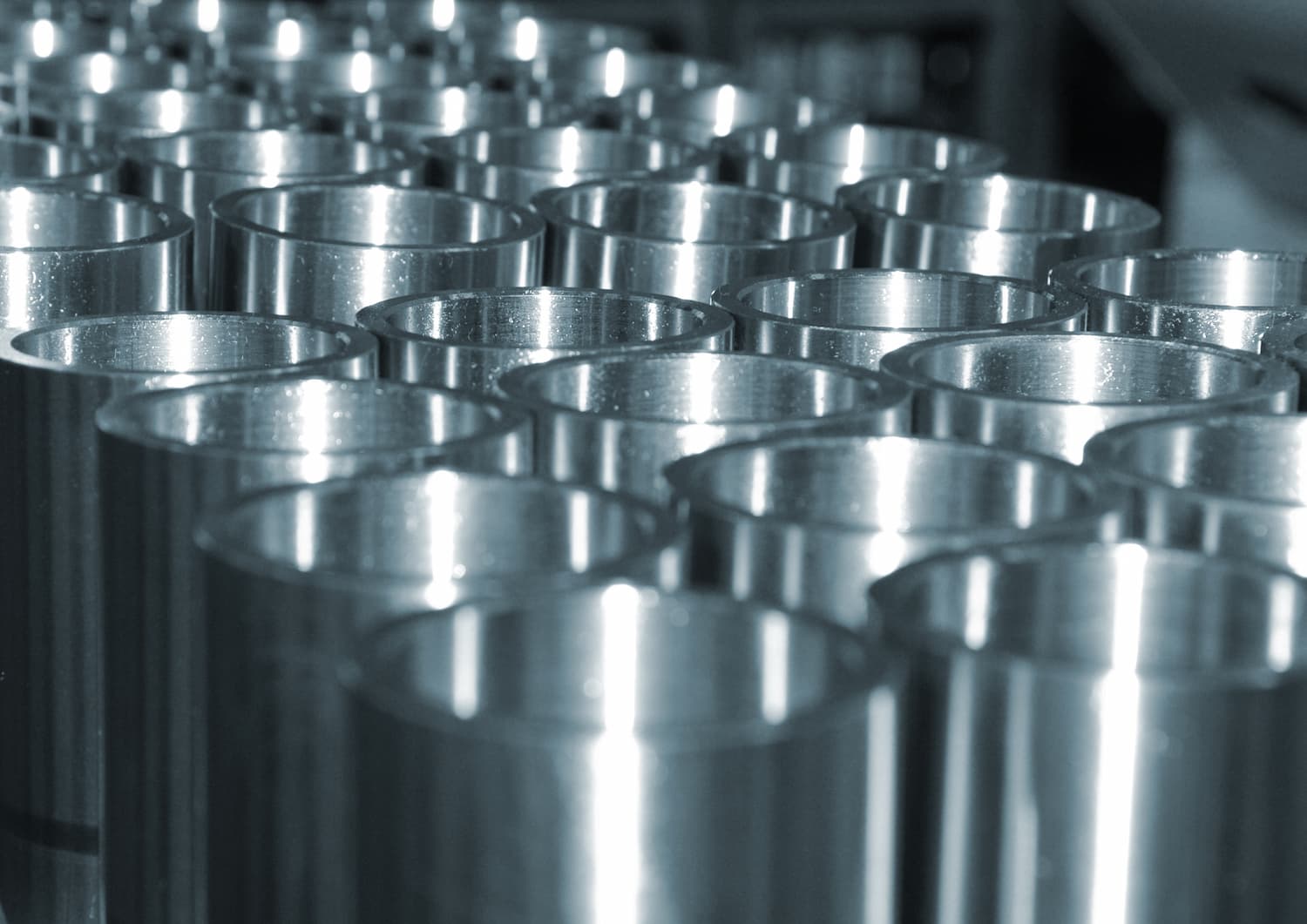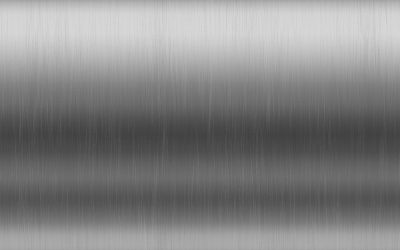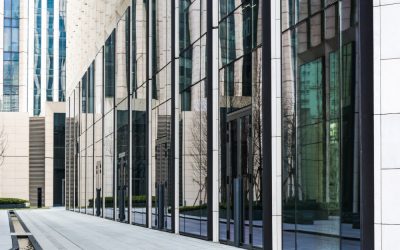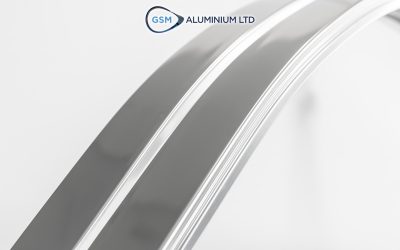Aluminium extrusion profiles have revolutionised the way industries design and manufacture products. Their flexibility, strength, and lightweight nature make them a popular choice across a wide range of applications. In this article, we delve into the world of aluminium extrusion profiles, exploring their different types and their diverse uses across various industries.
Different Types Of Aluminium Extrusion Profiles in Various Industry Applications
Aluminium extrusion profiles come in various shapes and sizes, each tailored to suit specific industrial needs. Let’s explore the different types and their applications:
1. T-Slot Profiles for Modular Assembly
T-slot aluminium profiles, named for their T-shaped slots, are widely used for constructing modular frameworks in industries such as manufacturing, robotics, and automotive. These profiles allow easy assembly and reconfiguration of structures, making them ideal for dynamic environments.
2. Round Profiles for Aesthetic Applications
Round aluminium profiles find their home in architectural and interior design. From sleek handrails to elegant furniture accents, these profiles combine aesthetics with functionality, adding a touch of modernity to spaces.
3. Heat Sink Profiles for Thermal Management
Industries such as electronics heavily rely on heat sink aluminium profiles to dissipate heat and ensure optimal component performance. These profiles feature intricate designs to maximise surface area, enhancing heat dissipation.
4. Enclosure Profiles for Electronics
Electronics enclosures demand precision and durability, which aluminium extrusion profiles deliver. These profiles provide a secure housing for sensitive electronic components, protecting them from environmental factors.
5. Solar Panel Frame Profiles
The renewable energy sector benefits from aluminium profiles as the primary material for solar panel frames. Aluminium’s corrosion resistance and lightweight nature make it an excellent choice for solar installations, ensuring longevity and ease of setup.
6. Automotive Structural Profiles
Aluminium profiles play a crucial role in lightweight automotive design. They contribute to fuel efficiency by reducing the vehicle’s overall weight while maintaining structural integrity and safety standards.
7. Conveyor System Profiles
In logistics and manufacturing, conveyor systems rely on aluminium profiles for their lightweight, durable, and customizable features. These profiles facilitate efficient material handling and transportation.
8. Display System Profiles for Retail
Retail spaces utilise aluminium profiles for versatile display systems. These profiles offer flexibility in showcasing products, enabling easy rearrangement and creating visually appealing layouts.
9. Medical Equipment Profiles
Aluminium extrusion profiles find applications in the medical field for designing equipment such as ergonomic workstations, adjustable beds, and medical carts. Their hygienic properties and adaptability are crucial in healthcare settings.
10. Aerospace Industry Applications
Aluminium’s high strength-to-weight ratio is invaluable in aerospace engineering. Extrusion profiles are used in aircraft components, contributing to reduced fuel consumption and improved performance.
11. Marine and Nautical Uses
The marine industry benefits from aluminium’s resistance to corrosion in harsh aquatic environments. Profiles are used in boat construction, ship fittings, and offshore structures.
12. LED Lighting Profiles
Efficient heat dissipation and customizable shapes make aluminium profiles an ideal choice for LED lighting applications. They ensure prolonged LED lifespan and consistent lighting performance.
13. Agricultural Equipment
Aluminium extrusion profiles contribute to the construction of lightweight yet sturdy agricultural equipment, including greenhouse structures, irrigation systems, and machinery components.
14. Construction and Infrastructure
Aluminium profiles are utilised in the construction of architectural frameworks, curtain walls, and façades due to their durability, corrosion resistance, and design flexibility.
15. Sporting Equipment
From bicycle frames to stadium bleachers, aluminium profiles offer strength and versatility in crafting various sporting equipment and infrastructure.
FAQs
Q: Are aluminium extrusion profiles recyclable?
A: Yes, aluminium extrusion profiles are highly recyclable. The recycling process requires significantly less energy compared to primary aluminium production, making it an environmentally friendly choice.
Q: Can aluminium profiles replace steel in industrial applications?
A: In many cases, yes. Aluminium’s lightweight nature, corrosion resistance, and adaptability make it a suitable alternative to steel in various industrial applications.
Q: What is the advantage of using t-slot profiles in manufacturing?
A: T-slot profiles simplify assembly and reconfiguration, enabling manufacturers to adapt their setups quickly to changing production requirements. This flexibility increases operational efficiency.
Q: Are aluminium profiles suitable for outdoor applications?
A: Absolutely. Aluminium’s natural oxide layer provides excellent corrosion resistance, making it well-suited for outdoor and marine applications.
Q: How do heat sink profiles work?
A: Heat sink profiles dissipate heat through their extended surface area, allowing heat to transfer away from heat-generating components and ensuring optimal operating conditions.
Q: Can aluminium profiles support heavy loads?
A: Yes, depending on the profile’s design and dimensions, aluminium profiles can handle substantial loads while remaining lightweight.
Conclusion
Different types of aluminium extrusion profiles offer unparalleled versatility across various industries. From construction to electronics, their applications are diverse, providing innovative solutions that blend functionality with aesthetics. As industries continue to evolve, aluminium profiles will undoubtedly play an integral role in shaping the future of manufacturing, design, and technology.



